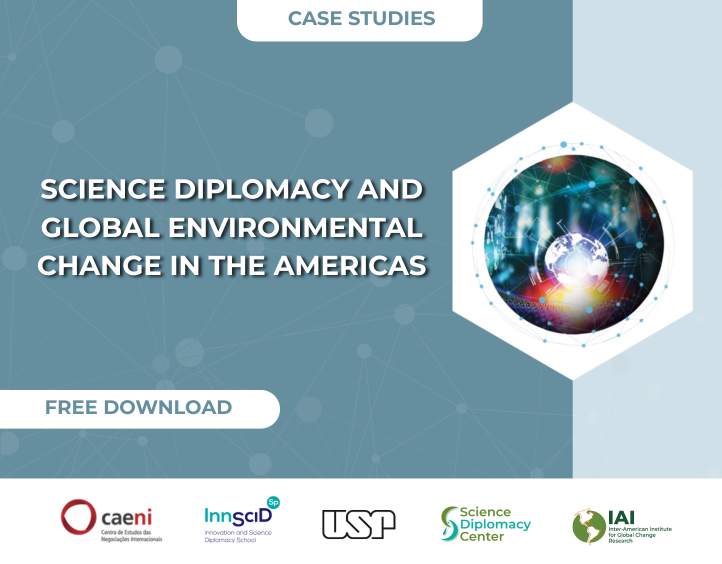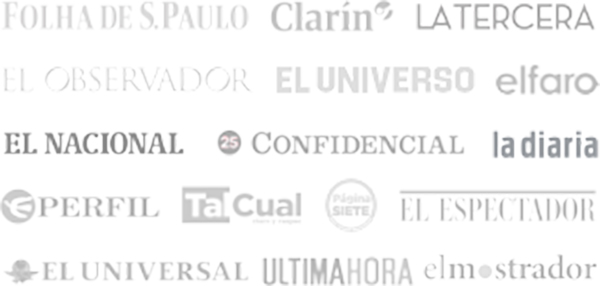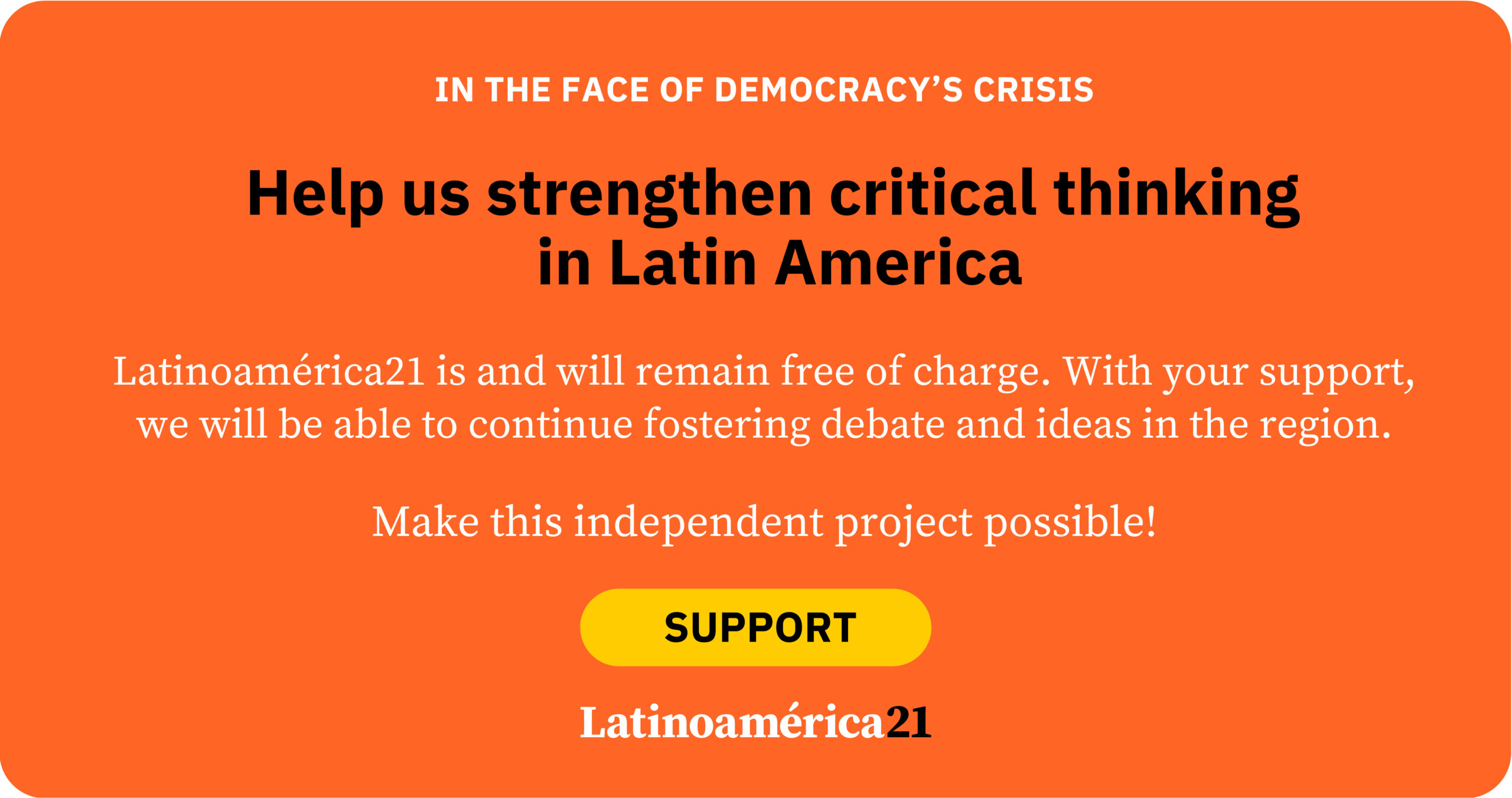The hidden side of the internet, known as the dark web, has become a breeding ground for illicit activities under the protection of anonymity. These activities include the sale of drugs and weapons, child prostitution, cybercrimes, and the theft of personal data, among others. This alarming phenomenon poses serious challenges to global cybersecurity and highlights the urgent need to develop stronger and more proactive defense strategies, especially in Latin America, where we know little to nothing about these types of operations.
As cybercriminals advance in the sophistication of their methods—using the hidden web for illicit trade, the acquisition, and distribution of software vulnerabilities, the development of customized malware, and the coordination of attacks against critical infrastructure—authorities have yet to find effective mechanisms to tackle the problem in its full magnitude. The lack of specialized resources and limited awareness of the risks inherent to this environment have left governments in a vulnerable position against the threats lurking in the shadows of the internet.
A clear example of this is that, despite the dismantling of major illegal market platforms like Silk Road, illicit activities on the dark web not only persist but continue to grow. The decentralized nature of this digital environment makes it exceedingly difficult to implement effective control measures. At the same time, fragmented jurisdictions have hindered coordinated action against cybercriminals, and preventive measures remain, quite frankly, insufficient.
What is the Dark Web and Its Implications in Latin America
The dark web is a section of the internet accessible only through specialized software, which has become a prime space for illicit activities on a global scale. Within this environment, platforms similar to conventional e-commerce marketplaces enable the proliferation of criminal networks that exploit anonymity and decentralization to operate without restrictions. Some experts have even referred to this phenomenon as a form of “deviant globalization,” where criminal actors transcend borders and local regulations.
Beyond illicit trade, the dark web also hosts sites designed to compromise cybersecurity through malware and spyware. It facilitates anonymous communication in forums and private emails, used even by figures like Edward Snowden (a former CIA employee) to disclose classified information.
In Latin America and the Caribbean, the dark web has proven to be a strategic resource for organized crime. A report by Insight Crime indicates that Latin American cartels have used the dark web to find buyers for large-scale cocaine shipments, while Central American gangs have leveraged these forums to coordinate cross-border trafficking. The research also highlights that drug traffickers rely on underground platforms to acquire synthetic opioids from Asia, demonstrating a sophisticated use of this technology to expand their international operations.
Alongside drug trafficking, the dark web has also served as a key channel for other criminal activities, such as child pornography distribution. International investigations leading to the shutdown of sites like Playpen have revealed direct links to arrests in countries like Chile and Peru, while Mexico has emerged as a significant player in this illegal industry.
Additionally, throughout 2023, analysts from SOCRadar identified alarming trends linking Latin American companies to cyber threat actors associated with the dark web. During this period, organizations faced an increase in cyberattacks, with 3,561 posts in dark web forums attributed to 1,331 malicious actors. The most affected industries included public administration, information technology, finance, and insurance. The trade of compromised user data was particularly dominant.
In response, reports from cybersecurity firms like Kaspersky have emphasized the urgent need for stronger and more coordinated efforts from international authorities to counter the growing sophistication of dark web transactions. Strengthening cyber defenses through cross-border collaboration, the development of advanced technological tools, and the enhancement of local capabilities is crucial, not only as a security challenge but also as a growing threat to the region’s economies and societies.
The Impact of Anonymity
The dark web has been designed to protect online privacy by masking its users’ locations and activities, making it difficult to track and prosecute illicit activities. Its structure relies on legitimate modern technologies such as encryption, anonymization, and cryptocurrencies to facilitate transactions that bypass traditional controls.
At the same time, the use of centralized virtual currencies and decentralized cryptocurrencies has transformed money laundering and other financial crimes into critical priorities for law enforcement agencies. Within this transaction model, which includes techniques like cryptocurrency mixing, tracing the origin of funds becomes as complex as prosecuting those involved.
Similarly, the use of tools like Tor has changed the way cybercriminals operate, allowing them to browse anonymously and evade detection by authorities. But the issue goes beyond that. The proliferation of tutorials, forums, and online resources has made it easier for emerging criminals to access advanced hacking and fraud techniques. Even on publicly accessible platforms, one can find forums, videos, and instructional materials that teach how to carry out cyberattacks or acquire illicit goods. This has led to an exponential reach, enabling both experienced and inexperienced individuals to engage in criminal activities, while the associated risks remain unimaginable.
The threat of the dark web transcends borders and constantly challenges authorities. While some countries have adopted stricter legal measures to curb these activities, others—particularly in Latin America—face significant challenges in understanding and effectively addressing the phenomenon. However, the future of the fight against dark web crimes will depend on a comprehensive approach that combines education to raise awareness of the risks; regulation to establish clear legal boundaries and international collaboration to dismantle criminal structures. It is essential to bring this debate to the table, not only to mitigate present threats but also to build a safer digital environment, where technological advancements are used for progress rather than exploitation.
*Machine translation proofread by Janaína da Silva.













